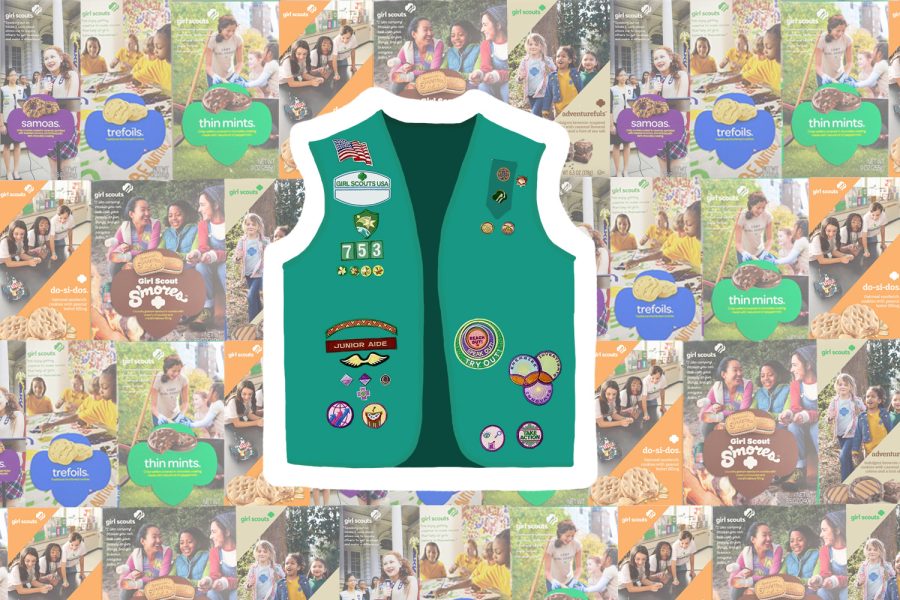The Girl Scout organization earns an average of $800 million a year through cookie sales.
The money earned is distributed between three main categories: funds returned to the bakers and the Girl Scouts of USA program, the money going toward each specific troop, and the money going into a local council.
The Girl Scouts of USA were founded in 1912; their mission is to build the confidence and character of young girls through establishing local initiatives. The cookie selling program builds upon these goals by teaching girls life skills, including goal setting, business ethics, and money management.
During a six to eight-week period between January and April, the cookie-selling season entails a period of fundraising for each Girl Scout troop. The organization earns millions of dollars, each troop retaining 22% of their specific revenue that they can invest into their events of choice.
To ensure their cookie-selling produces triumphant results, each troop sets up local booths, usually in front of businesses, to attract customers to buy their seasonal cookies.
“They are easy products to sell as people enjoy them. Although it can be time-consuming to deliver the orders and be at cookies booths, it is how our troop raises money for their activities,” said Julia Williams, a local Girl Scout troop leader. “It can be fun, but I’m always happy to finish the sales period and not have cases of cookies around the house.”
Although the cookie type and area determines the price, which ranges from $4 to $7, the distribution of the selling profit is reflected from those prices.
“We tend to keep about one dollar for every box we sell. However, the amount kept depends on the troop and how many boxes they sell,” said Leinita Panda, a Belmont Girl Scout.
The other 54% of the local Girl Scout troop revenue that’s not put toward the troops or the bakers is invested by the local Girl Scout councils. The councils are appointed with the duty to sustain local troops and to organize events to unite them.
Girl Scouts can use their own allotted money to spend time outdoors and help the community when not attending council-organized events. According to Williams, her troop uses their budget to finance trips.
“We have spent our earnings on trips and activities like camping, rope courses, kayaking, and horseback riding. This summer, we are planning a white water rafting trip. We also give a percentage of it to give back to a charity or service project,” Williams said.
Their trips present an opportunity to have a memorable team-bonding activity while simultaneously allowing Girl Scouts to focus their work toward aiding their community throughout the year.
They host events that may include food drives, city clean-ups, healthy eating programs in schools, and accessible spaces in front of city councils. The troops also have one main act of service they focus on each year, which can earn the scouts specific awards.
“We spend a lot of time working on our project for the Silver Award, where you find a problem with the community and find a way to solve it as a team. Ours was a website we created for people in the Bay Area to find more volunteering opportunities,” Panda said.
Because they sell an average of 200 million boxes per year, Girl Scouts are often associated with their cookies. Their primary mission remains to help the community, sponsored by their sales.
“When I was younger, selling cookies was a bigger focus throughout the year. It’s still one of the more memorable parts, but with more experience, it’s less time-taking now,” said Ruth Casab, a Belmont Girl Scout.
Panda and Casab have been a part of the local troops since elementary school, where they experienced the organization’s true purpose: bringing girls together.
“The biggest part of being a Girl Scout is about the people you spend time with. You grow up around those people, and you build a community with the others in your troop,” Casab said.






















